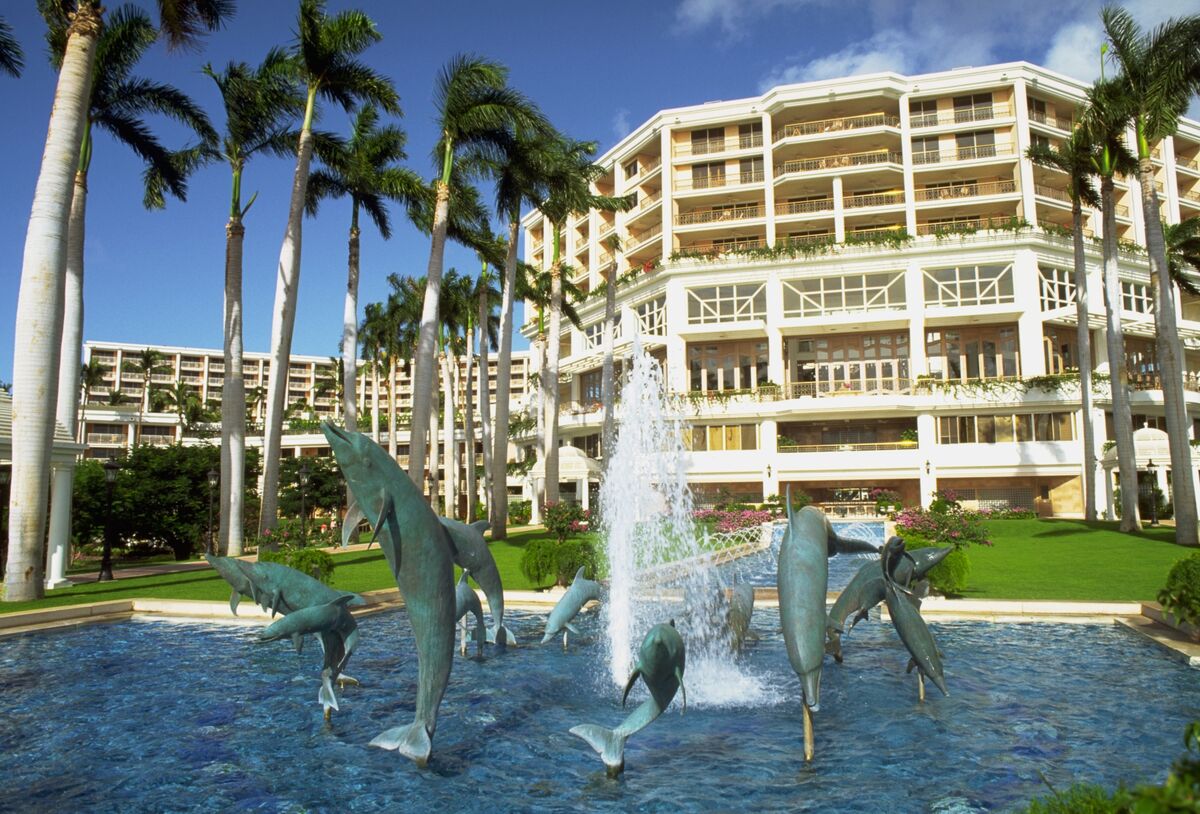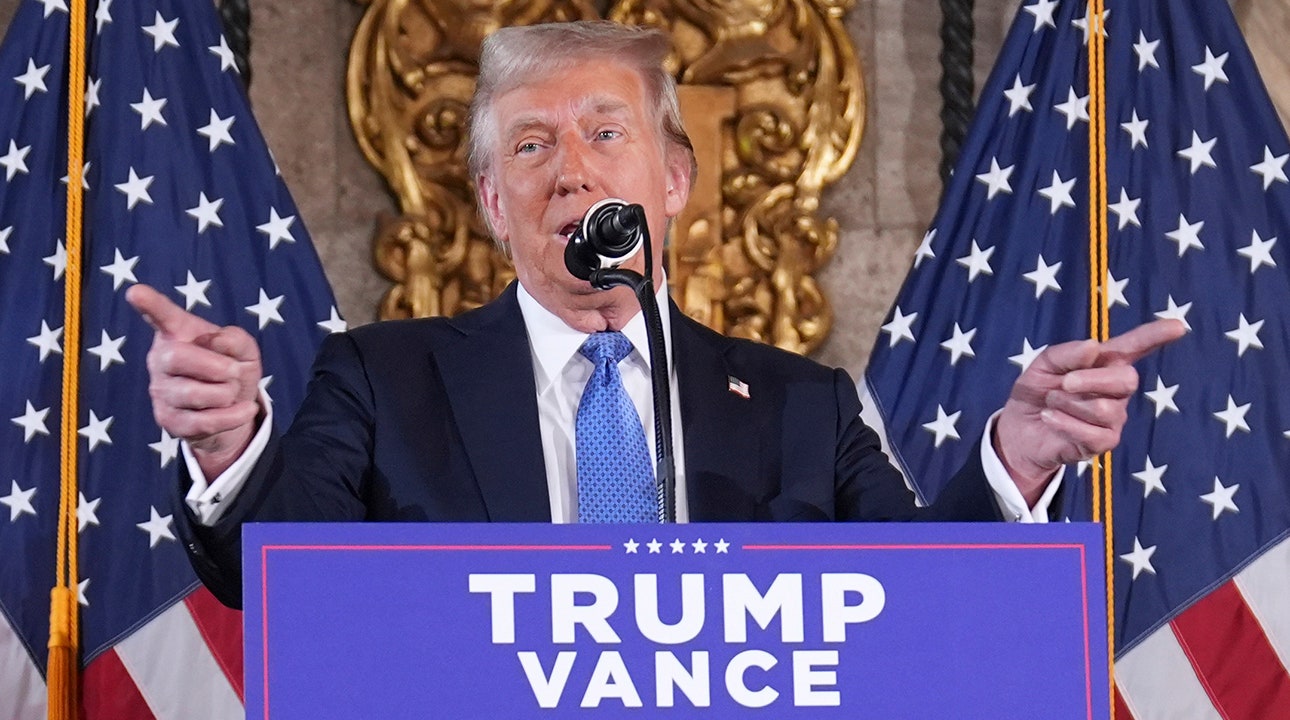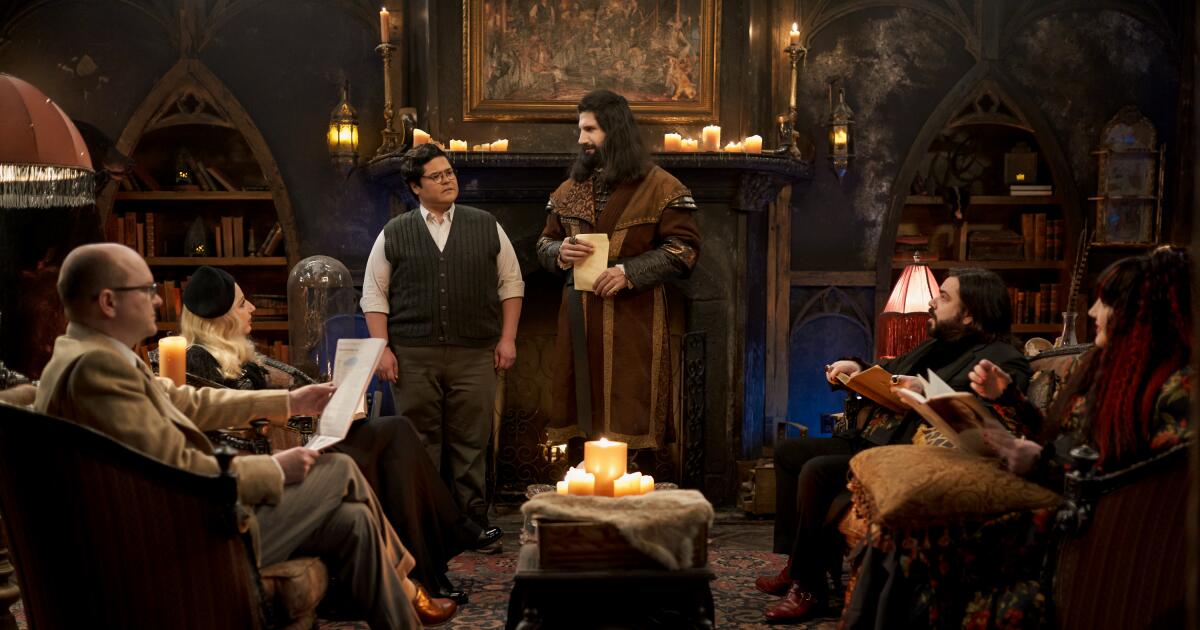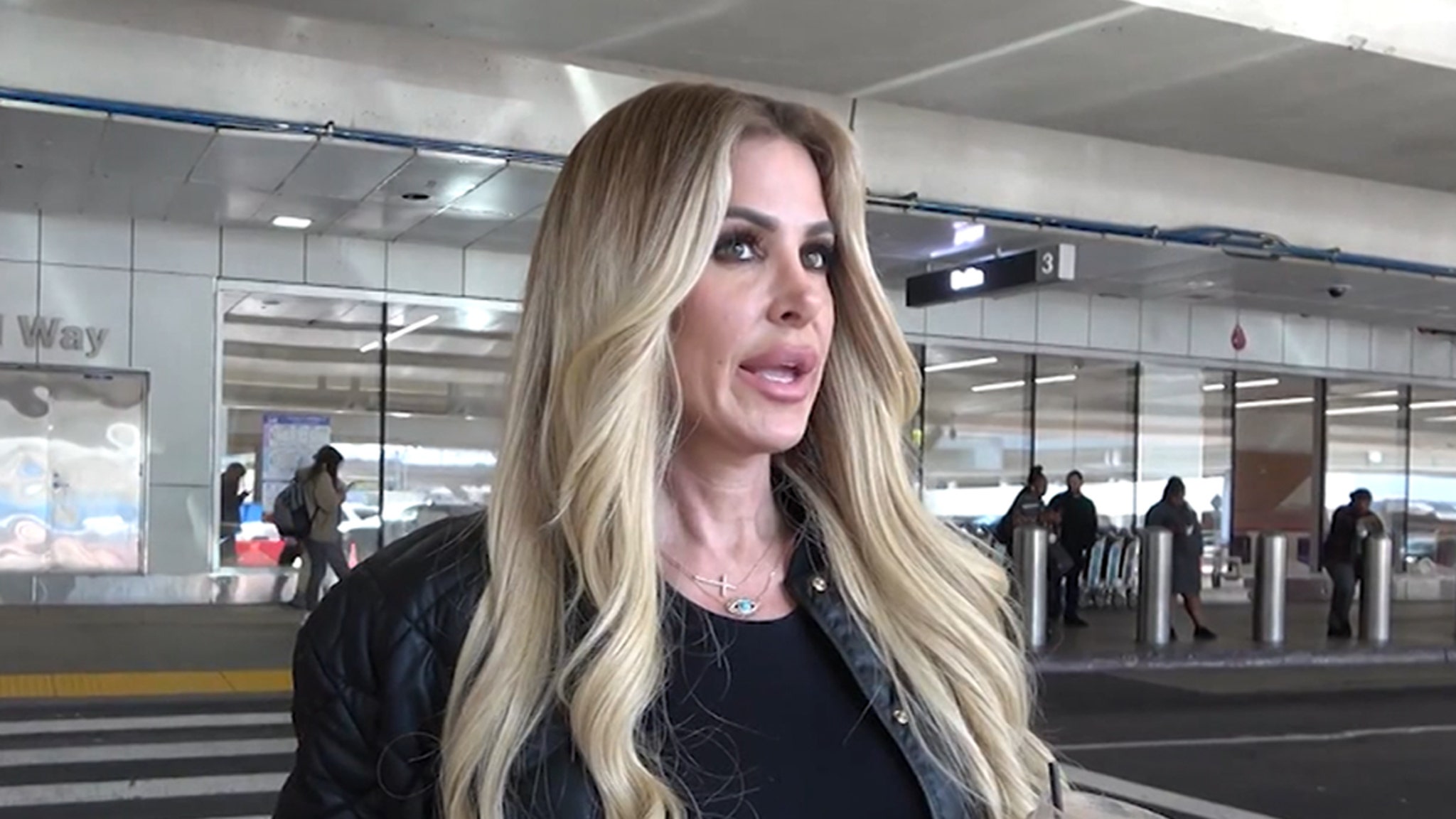Hawaii
There’s another wild fire burning in Hawaii. This one is destroying irreplaceable rainforest.
/cloudfront-ap-southeast-2.images.arcpublishing.com/nzme/3476Y4KNVRDSJJ2COD26UV533M.jpg)
A wildfire that has burned forest lands in a remote mountainous area of Central Oahu has moved eastward and away from population centres as firefighters continued to battle the blaze. Photo / AP
A wild fire burning in a remote Hawaii rainforest is underscoring a new reality for the normally lush island state just a few months after a devastating blaze on a neighbouring island levelled an entire town and killed at least 99 people.
No one was injured and no homes burned in the latest fire, which scorched mountain ridges on Oahu, but the flames wiped out irreplaceable native forestland that’s home to nearly two dozen fragile species. And overall, the ingredients are the same as they were in Maui’s historic town of Lahaina: severe drought fuelled by climate change is creating fire in Hawaii where it has almost never been before.
“It was really beautiful native forest,” said JC Watson, the manager of the Koolau Mountains Watershed Partnership, which helps take care of the land. He recalled it had uluhe fern, which often dominate Hawaii rainforests, and koa trees whose wood has traditionally been used to make canoes, surfboards and ukuleles.
“It’s not a full-on clean burn, but it is pretty moonscape-looking out there,” Watson said.
Advertisement
Advertise with NZME.
The fact that this fire was on Oahu’s wetter, windward side is a “red flag to all of us that there is change afoot,” said Sam ‘Ohu Gon III, senior scientist and cultural adviser at The Nature Conservancy in Hawaii.
/cloudfront-ap-southeast-2.images.arcpublishing.com/nzme/EVJRYOD34NHGZDXAWSZDQVEFJQ.jpg)
The fire mostly burned inside the Oahu Forest National Wildlife Refuge, which is home to 22 species listed as endangered or threatened by the US Government. They include iiwi and elepaio birds, a tree snail called pupu kani oe and the Hawaiian hoary bat, also known as opeapea. The US Fish and Wildlife Service, which manages the refuge, does not know yet what plants or wildlife may have been damaged or harmed by the fire, spokeswoman Kristen Oleyte-Velasco said.
The fire incinerated 6.5 square kilometres since first being spotted on October 30 and was 90 per cent contained as of Friday. Officials were investigating the cause of the blaze roughly 32km north of Honolulu.
The flames left gaping, dark bald spots amid a blanket of thick green where the fire did not burn. The skeletons of blackened trees poked from the charred landscape.
Advertisement
Advertise with NZME.
The burn area may seem relatively small compared to wildfires on the US continent, which can raze hundreds of square kilometres. But Hawaii’s intact native ecosystems aren’t large to begin with, especially on smaller islands like Oahu, so even limited fires have far-reaching consequences.
One major concern is what plants will grow in place of the native forest.
Hawaii’s native plants evolved without encountering regular fires and fire is not part of their natural life cycle. Faster-growing non-native plants with more seeds tend to sprout in place of native species afterwards.
Watson said an Oahu forest near the latest fire had uluhe ferns, koa trees and ohia trees before a blaze burned less than 2.5 sq km of it 2015. Now the land features invasive grasses that are more fire-prone, and some slow-growing koa.
A much larger 2016 fire in the Waianae mountains on the other side of Oahu took out one of the last remaining populations of a rare tree gardenia, said Gon.
There are cultural losses when native forest burns. Gon recalled an old Central Oahu story about a warrior who was thrown off a cliff while battling an enemy chief. His fall was stopped by an ohia tree, another plant common in the incinerated area. Feathers from Hawaii’s forest birds were once used to make cloaks and helmets worn by chiefs.
Watson’s organisation is co-ordinating with the Fish and Wildlife Service to conduct initial surveys of the damage. They’ll devise a restoration plan that will include invasive species control and planting native species. But there are limits to what can be done.
“It’ll never be able to be returned to its previous state within our lifetimes,” Watson said. “It’s forever changed, unfortunately.”
/cloudfront-ap-southeast-2.images.arcpublishing.com/nzme/VQDAE2NS3FACDEF3T5SEM7WL6I.jpg)
The Mililani Mauka fire — named after the area near where the fire began — burned in the Koolau mountains. These mountains are on Oahu’s wetter, windward side because they trap moisture and rain that move across the island from the northeast.
But repeated and more prolonged episodes of drought are making even the Koolaus dry. Gon expects more frequent Koolau fires in the future.
Advertisement
Advertise with NZME.
“There has been a huge uptick in the last 10 years, largely in Waianae range, which is the western and drier portion of the island,” Gon said. “But now we’re seeing fires in the wet section of the island that normally doesn’t see any fires at all.”
Hawaii fires are almost always started by humans so Gon said more needs to be done to raise awareness about prevention. Native forests could be further protected with buffer zones by planting less flammable vegetation in former sugarcane and pineapple plantation lands often found at lower elevations, he said.
Many of these now-fallow fields sprout dry, invasive grasses. Such grasses fuelled the blaze that raced across Lahaina in August, highlighting their dangers. The cause of that fire is still being investigated, but it may have been sparked by downed power lines that ignited dry grass. Winds related to a powerful hurricane passing to the south helped spread the blaze, which destroyed more than 2000 buildings and homes for some 8000 people.
The fire is likely to affect Oahu’s fresh water supply, though this is challenging to measure. Oahu’s 1 million residents and visitors get their drinking water from aquifers, but it usually takes decades for rain to seep through the ground to recharge them. Native forests are the best at absorbing rain so the disappearance of high-quality forest is certain to have some effect, Watson said.
State officials are seeking additional funding from the Legislature next year for updated firefighting equipment, firebreaks, new water sources for fire suppression, replanting native trees and plants, and seed storage.
Firefighters and rain last week finally tamped down the Oahu blaze, but Gon urged action now “to make sure that it doesn’t turn into yearly fires nibbling away at the source of our water supply.”
Advertisement
Advertise with NZME.
/cloudfront-ap-southeast-2.images.arcpublishing.com/nzme/WNSKLP7N5FGSPLOCIUKIIQXNUM.jpg)

Hawaii
Blackstone Explores Sale of Grand Wailea Resort in Hawaii

Blackstone Inc. is exploring the sale of the Grand Wailea Resort in Maui, Hawaii, according to people with knowledge of the matter.
The alternative asset manager is working with a broker, which is reaching out to potential buyers for the property, said the people, who asked not to be identified discussing confidential talks. No final decisions have been made and Blackstone could opt to keep the resort, which is branded as a Waldorf Astoria.
Hawaii
Men's basketball AP poll: UConn appears to be back after Hawaii skid, Tennessee holds at No. 1
The top of the sport didn’t shift much this past week, but Dan Hurley and UConn look to be back in business entering conference play.
Here’s everything you missed in Week 6 of the college basketball season, and the latest Associated Press men’s basketball poll.
UConn bounces back
UConn completely fell apart in Hawaii last month. The Huskies lost three straight games to unranked opponents at the Maui Invitational over Thanksgiving, which threw head coach Dan Hurley into a bit of a fit. He even threatened to never play in that type of event ever again after their struggles.
Now, that seems like it’s completely behind them.
The Huskies have won four straight, including a huge 77-71 win over Gonzaga at Madison Square Garden on Saturday. Freshman Liam McNeeley dropped 26 points and had eight rebounds in that game, which was by far the best of his career.
That came after wins over Baylor and Texas, too, and pushed them back to 8-3 as Big East play starts this week. As a result, UConn — which nearly fell out of the rankings completely after its Hawaii skid — jumped up seven spots to No. 11 in this week’s poll. Gonzaga, now with three losses, dropped to No. 13.
The top of the poll didn’t change much this week. Tennessee held on to the top spot after Jordan Gainey lifted them past Illinois on Saturday with a wild buzzer-beater on the road. That improved the Volunteers to 10-0 for the first time since the 1999-2000 season. Auburn rolled over both Richmond and Ohio State to stay at No. 2, and Iowa State handled Iowa on Thursday before rolling over Omaha on Sunday to get to 9-1 and stay at No. 3.
Duke and Cooper Flagg picked up a pair of double-digit wins last week, but they dropped a spot to No. 5. Kentucky fought through a tough rivalry battle with Louisville to grab its third straight win. The Wildcats swapped with Duke to round out the top five. The first major movement came with Marquette, which fell to unranked Dayton on the road on Saturday. It marked the Golden Eagles’ second loss in three games, and dropped them three spots to No. 9. The Flyers entered the poll this week at No. 22.
The toughest part of Hurley’s schedule is now behind him. The Huskies will begin Big East play on Wednesday when they host Xavier before traveling to Butler this weekend. Though conference play won’t be easy by any means, especially with Creighton and Marquette hanging around, this feels like a chance for the Huskies to settle back in. They won’t see either of those programs for at least a month, too, which should help significantly.
Even though it looked like it could be over, UConn’s quest for a third straight national championship is far from buried.
“Maybe the people with the shovels and the dirt, maybe they were too quick to grab the shovel and throw the dirt on us,” Hurley said after beating Texas, via NJ.com. “Maybe, we’ll see.”
Games to watch this week
*Neutral Site Game
Tuesday, Dec. 17
No. 25 Clemson at South Carolina | 7 p.m. ET | SEC Network
Wednesday, Dec. 18
No. 14 Oklahoma at No. 24 Michigan | 9 p.m. ET | ESPN2
Friday, Dec. 20
rNo. 19 Cincinnati at No. 22 Dayton* | 8:30 p.m. ET | ESPNU
Saturday, Dec. 21
No. 16 Purdue at No. 2 Auburn | 4:30 p.m. ET | ESPN
AP Top 25
The full Associated Press men’s basketball poll from Dec. 16, 2024.
1. Tennessee (10-0)
2. Auburn (8-1)
3. Iowa State (9-1)
4. Kentucky (10-1)
5. Duke (8-2)
6. Alabama (8-2)
7. Florida (10-0)
8. Kansas (8-2)
9. Marquette (9-2)
10. Oregon (10-1)
11. UConn (8-3)
12. Texas A&M (9-2)
13. Gonzaga (7-3)
14. Oklahoma (10-0)
15. Houston (6-3)
16. Purdue (8-3)
17. Ole Miss (9-1)
18. UCLA (9-1)
19. Cincinnati (8-1)
20. Michigan State (8-2)
21. Memphis (8-2)
22. Dayton (9-2)
23. SDSU (7-2)
24. Michigan (8-2)
25. Clemson (9-2)
Others receiving votes: Mississippi State 158, Arkansas 151, Missouri 120, Baylor 115, Illinois 70, Drake 52, St. John’s 50, Utah State 48, Pittsburgh 28, Maryland 24, West Virginia 19, Wisconsin 18, Georgia 18, Oklahoma State 16, Arizona State 14, Creighton 12, North Carolina 9, Penn State 8, Indiana 7, Texas 3, St. Bonaventure 2
Hawaii
Maunakea groups discuss transition of powers – West Hawaii Today
-

 Technology1 week ago
Technology1 week agoStruggling to hear TV dialogue? Try these simple fixes
-

 Business1 week ago
Business1 week agoOpenAI's controversial Sora is finally launching today. Will it truly disrupt Hollywood?
-

 Politics4 days ago
Politics4 days agoCanadian premier threatens to cut off energy imports to US if Trump imposes tariff on country
-
/cdn.vox-cdn.com/uploads/chorus_asset/file/25782636/247422_ChatGPT_anniversary_CVirginia.jpg)
/cdn.vox-cdn.com/uploads/chorus_asset/file/25782636/247422_ChatGPT_anniversary_CVirginia.jpg) Technology5 days ago
Technology5 days agoInside the launch — and future — of ChatGPT
-
/cdn.vox-cdn.com/uploads/chorus_asset/file/25789444/1258459915.jpg)
/cdn.vox-cdn.com/uploads/chorus_asset/file/25789444/1258459915.jpg) Technology3 days ago
Technology3 days agoOpenAI cofounder Ilya Sutskever says the way AI is built is about to change
-

 Politics3 days ago
Politics3 days agoU.S. Supreme Court will decide if oil industry may sue to block California's zero-emissions goal
-
/cdn.vox-cdn.com/uploads/chorus_asset/file/25546252/STK169_Mark_Zuckerburg_CVIRGINIA_D.jpg)
/cdn.vox-cdn.com/uploads/chorus_asset/file/25546252/STK169_Mark_Zuckerburg_CVIRGINIA_D.jpg) Technology3 days ago
Technology3 days agoMeta asks the US government to block OpenAI’s switch to a for-profit
-

 Politics4 days ago
Politics4 days agoConservative group debuts major ad buy in key senators' states as 'soft appeal' for Hegseth, Gabbard, Patel



















